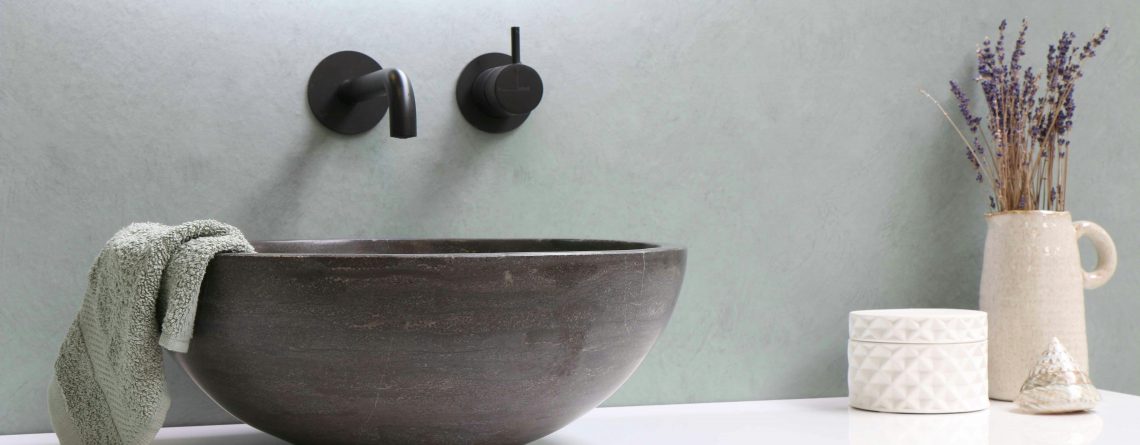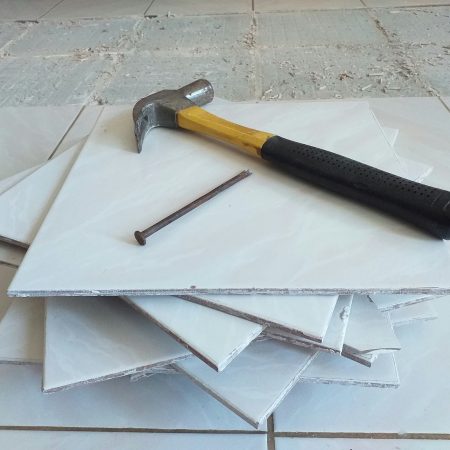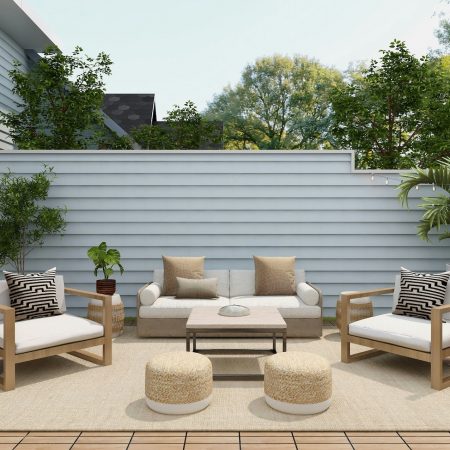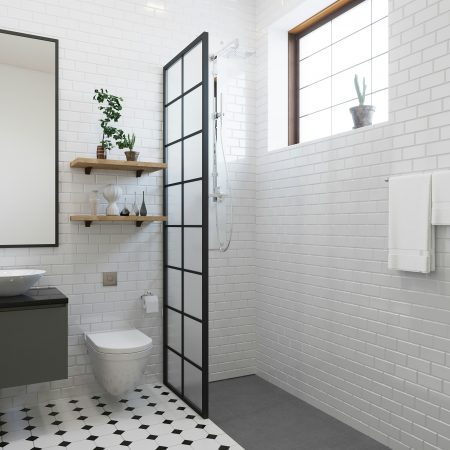Top Waterproofing Insights for Auckland Bathroom Renovations
A well-designed bathroom is more than just stylish tiles and modern fixtures — it’s about what’s underneath. Waterproofing forms the hidden layer of protection that keeps moisture where it belongs. At Top End Tiling, we deliver Certified Waterproofing services across Auckland, ensuring your bathroom renovations are safe, compliant, and built to endure New Zealand’s damp conditions.
Understanding the Role of Waterproofing
Bathrooms experience constant water exposure — from daily showers to steam build-up. Without effective waterproofing, water can slowly penetrate behind tiles and under floors. Over time, this can compromise your home’s structure, leading to:
- Swollen flooring or damaged framing
- Persistent dampness and mould growth
- Expensive repair work and potential insurance disputes
Proper waterproofing isn’t just a finishing touch. It’s a critical foundation that protects your investment for the long run.
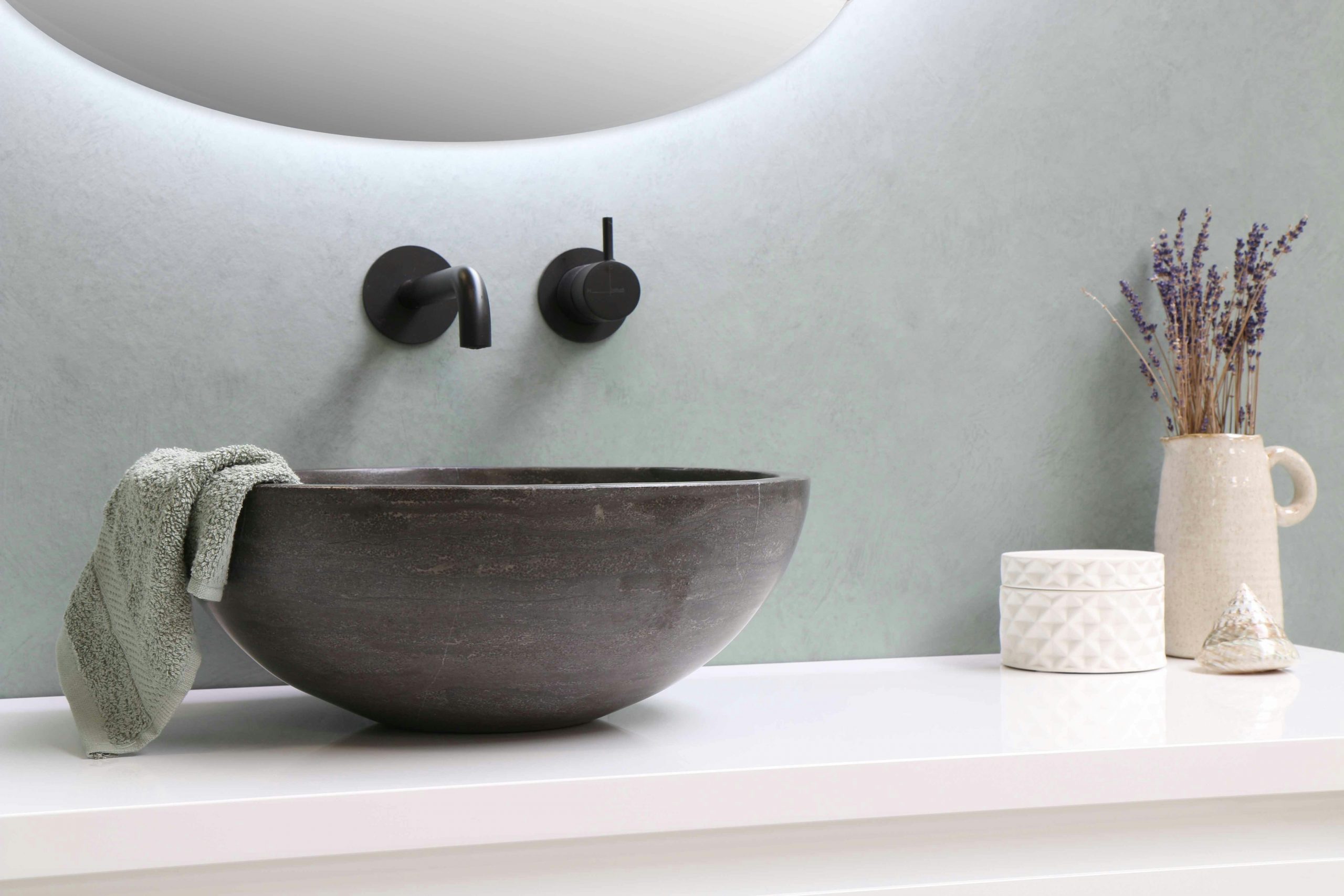
Waterproofing Regulations in New Zealand
In New Zealand, waterproofing is governed by Building Code Clause E3: Internal Moisture. The law requires all wet areas, especially bathrooms, to be waterproofed by qualified professionals.
For most renovation projects, councils require a PS3 producer statement to verify that the work meets compliance standards. Skipping this step can lead to inspection failures, delays, and additional costs — all of which are easily avoided by working with certified specialists.

Our Proven Waterproofing Approach
At Top End Tiling, we take a systematic approach to waterproofing to ensure complete coverage and durability:
1. Preparation and Assessment
We begin by evaluating the bathroom layout, substrate condition, and moisture zones. This helps us determine the correct waterproofing system for your space.
2. Base Layer and Sealing
A high-quality cement underlay is installed, followed by primers to create a stable base for the membrane. Critical junctions such as corners, edges, and plumbing penetrations are reinforced using sealing tapes.
3. Full Wet Zone Membrane Application
We apply multiple coats of waterproof membrane over floors and walls in wet zones. Each layer is carefully cured to create a seamless, watertight barrier.
4. Perimeter Protection and Waterstops
Where the bathroom meets adjacent rooms, waterstops are installed to contain accidental overflows. Wall skirting membranes are extended upwards to guard against splashes and hidden leaks.
5. Final Inspection and Compliance
Before tiling begins, we conduct a thorough check to ensure there are no weak points. Our team can issue PS3 documentation where required, giving you peace of mind for council sign-off.
Key Areas That Should Always Be Waterproofed
- Shower bases and walls
- Bathroom floors and wall junctions
- Behind and around vanities and baths
- Full wet rooms and laundry areas

Why Auckland Homeowners Trust Top End Tiling
- Certified waterproofing professionals with years of experience
- Strict adherence to NZ Building Code requirements
- Premium products and installation methods
- Clear communication and on-time delivery
- Full compliance documentation provided
Frequently Asked Questions About Waterproofing (NZ)
Q1: Is waterproofing mandatory for all bathrooms in New Zealand?
Yes. Any wet area, including bathrooms and laundries, must comply with NZ Building Code Clause E3. Work must be completed by a qualified professional to pass inspection.
Q2: How long does waterproofing last?
When applied correctly using quality materials, waterproofing membranes can last well over 10 years. Regular maintenance and avoiding DIY alterations help prolong their lifespan.
Q3: Can I tile directly onto waterproofing?
Yes — once the membrane has fully cured. This ensures tiles bond properly without compromising the waterproof layer.
Q4: How much does bathroom waterproofing cost in NZ?
Costs vary depending on the bathroom size, layout, and scope of work. On average, professional waterproofing starts from a few hundred dollars for small spaces and increases for larger or more complex areas.

